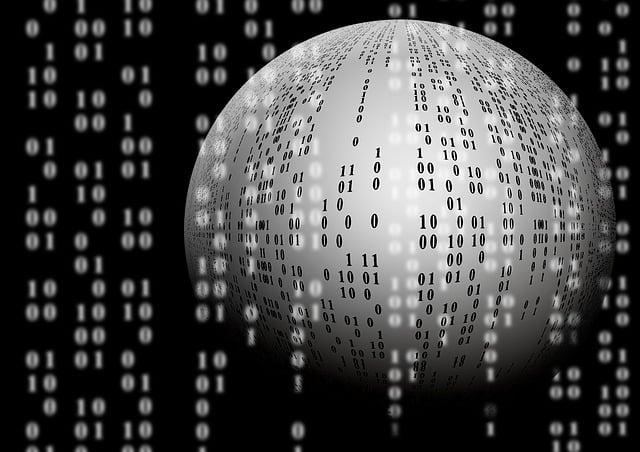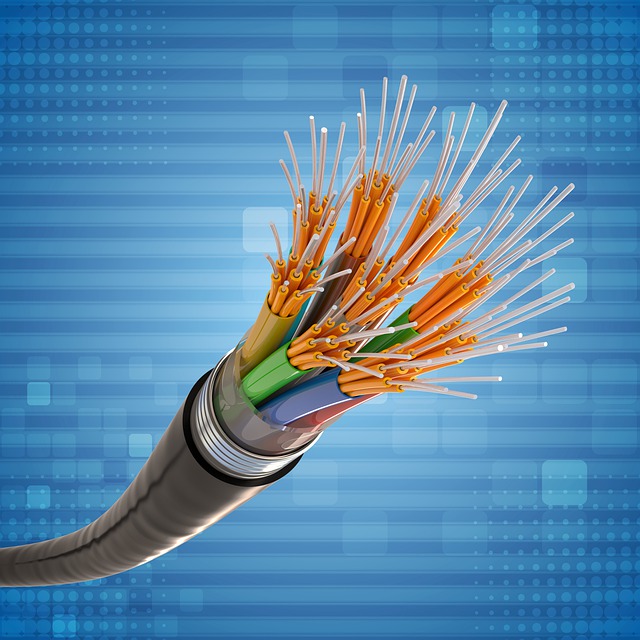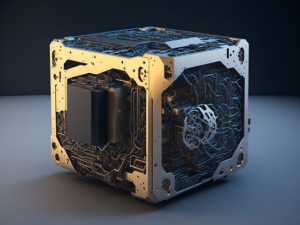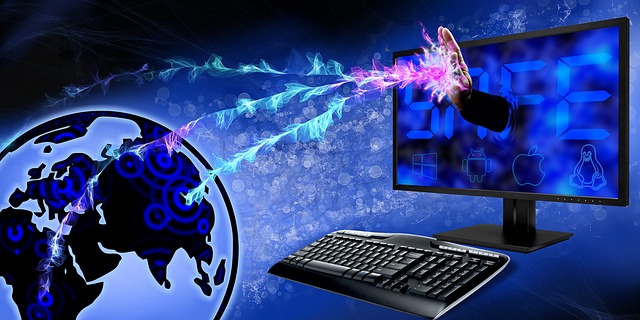The Rise of Humanoid Robots in the Workforce
*Introduction*
While the idea of humanoid robots working alongside humans may seem like a concept straight out of a sci-fi movie, recent developments in technology have made this a reality. From Amazon warehouses to car factories, companies are beginning to deploy humanoid robots to automate tasks that were once reserved for human employees. This article aims to explore the growing trend of humanoid robots in the workforce, focusing on the advancements in technology and the implications for industries and workers.
*The Fear of Robot Overlords*
The concept of humanoid robots in the workforce can evoke fear and uncertainty among workers, reminiscent of dystopian scenarios portrayed in movies like *The Terminator*. The image of a super-strong, all-terrain robot capable of complex maneuvers raises concerns about job security and the potential for robots to outperform humans in various tasks. The recent advancements in robot technology, such as Boston Dynamics' New Atlas, showcase the capabilities of these machines and their potential impact on the workforce.
*The Evolution of Atlas*
The evolution of Boston Dynamics' Atlas robot from its early versions to the latest iteration highlights the rapid progress in humanoid robot technology. While the Old Atlas may have been known for its comedic pratfalls and parkour stunts, the New Atlas represents a significant advancement in functionality and efficiency. With Hyundai's acquisition of Boston Dynamics and plans to integrate Atlas into its car factories, the robot's capabilities are poised to revolutionize the manufacturing industry.
*Humanoid Robots in Various Industries*
The integration of humanoid robots into various industries goes beyond Hyundai's plans for car manufacturing. Companies like Sanctuary AI and Figure are also exploring the use of humanoid robots in automotive assembly and artificial intelligence research. The versatility of humanoid robots, combined with advancements in machine learning and AI, opens up possibilities for their application in diverse fields.
*The Future of Humanoid Robots*
As companies continue to invest in humanoid robot technology, the future of automation and robotics in the workforce looks promising. While concerns about job displacement and the ethical implications of robot-human interaction persist, the potential benefits of increased efficiency and productivity cannot be overlooked. The development of general-purpose humanoid robots capable of learning on the fly raises questions about the role of humans in the age of automation.
*Conclusion*
In conclusion, the rise of humanoid robots in the workforce represents a significant shift in how industries approach automation and robotics. With companies like Boston Dynamics, Hyundai, and Sanctuary AI leading the way in humanoid robot technology, the boundaries between human and machine are becoming increasingly blurred. While challenges and ethical considerations remain, the potential for humanoid robots to revolutionize various industries is undeniable. As we navigate this new era of automation, it is essential to consider the implications of integrating humanoid robots into the workforce and the need for responsible deployment and regulation.





























